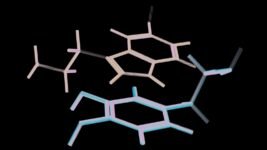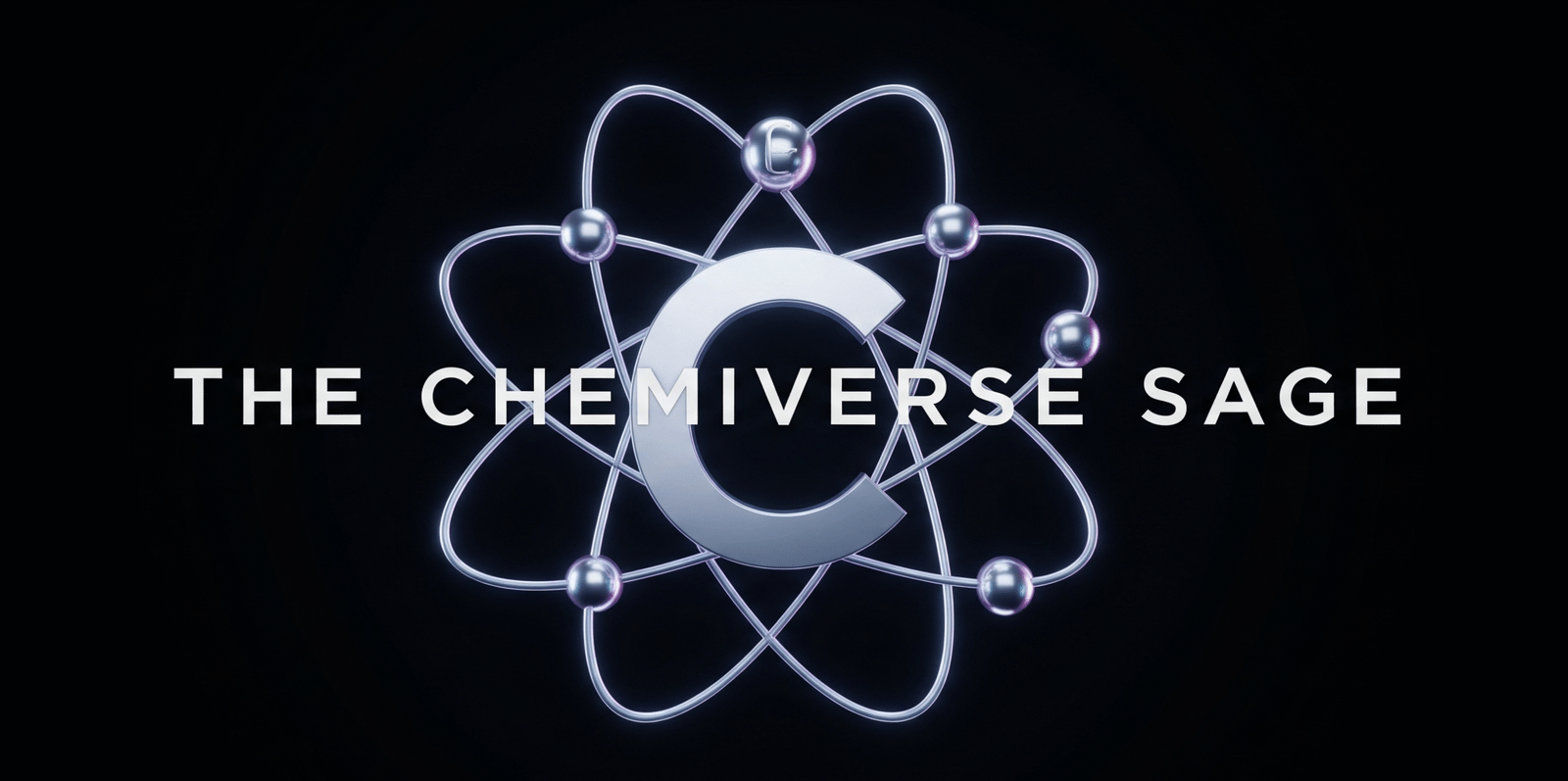
3 Chemicals You Can Extract from Trash and Sell for 100× Profit
Chemistry has a lot of hidden profits that only few can see. Even trash has economic value. In this article, I’ll show you three chemicals you can extract from trash and earn 10 to 100 times profit!
1. Terephthalic Acid (TPA)
🧠 Why It Matters
- PET-based plastic bottles and textiles degrade mainly as disposal costs, not revenue streams.
- Waste PET fetches almost zero, but purified TPA—the monomer—is a high-value commodity, worth hundreds to thousands per ton.
🔬 Extraction Method
- Use a molybdenum catalyst under mild heat and ambient moisture to depolymerize PET into TPA and acetaldehyde.
- This lab-friendly method recovers ~94% of PET material in just 4 hours.
💡 Profit Potential
- Waste PET sells for <$50/ton; TPA purity fetches $500–$1,500/ton in small-batch markets.
- Even if set-up and catalyst cost $100–200/ton, net revenue becomes $300+—a 100× on trash feedstock.
2. Olefin-Derived Alcohols/Aldehydes
🧠 Why It Matters
- Polyolefin wastes (e.g., HDPE, LDPE, PP) are largely landfilled due to low mechanical recycling rates (<9% in US).
- Converting them into industrial olefins and alcohols yields products worth up to $6,000/ton—far above feedstock prices.
🔬 Extraction Method
- Pyrolyze mixed waste plastic to generate pyrolysis oil (olefins).
- Perform hydroformylation to convert olefins into aldehydes and further to industrial alcohols.
💡 Profit Potential
- Waste plastic costs ~$100/ton; extracted alcohols/alcohols market at $1,200–$6,000/ton.
- Processing capex spreads over production, making 10×–50× margins achievable.
3. Activated Carbon / Carbon Nanomaterials
🧠 Why It Matters
- Pyrolysis or catalytic carbonization of mixed plastics yields carbon-rich by-products: activated carbon, nanotubes, graphene-like materials
- These niche materials sell for $2,000 to $10,000/ton based on purity and structure.
🔬 Extraction Method
- Subject mixed plastic waste to microwave-assisted pyrolysis using iron-oxide catalysts.
- Produce ~0.1 g of nanotube carbon per gram of plastic.
- Isolate and purify carbon via thermal activation or acid wash.
💡 Profit Potential
- Plastic waste input: <$200/ton.
- End product: nano-carbon/activated carbon sells at $2–10k ton.
- Higher-end yields (battery-grade materials) can exceed standards, making small-batch 100× margins plausible.
🧪 Comparing the Three Pathways
| Chemical | Source Waste | Method | Yield | Market Value | Estimated Margin |
|---|---|---|---|---|---|
| TPA | PET Bottles/Textiles | Catalytic depolymerization | ~94% mass | $500–1500/ton | ~10–50× |
| Alcohols/Aldehydes | Polyolefins | Pyrolysis + Hydroformylation | ~50% mass | $1,200–6,000/ton | ~10–60× |
| Carbon Materials | Mixed plastics | Microwave pyrolysis + activation | 10–20% mass | $2,000–10,000/ton | ~50–100× |
✅ Practical Steps to Get Started
- Collect and sort feedstock: PET for TPA; polyolefins for olefins/alcohols; mixed plastics for carbon.
- Build small reactor setup: home-friendly lab bench or container-sized pyrolyzer.
- Source catalysts: molybdenum catalysts for PET; iron-oxide for carbon; syngas equipment for hydroformylation.
- Run pilot and test purity: confirm TPA grade or carbon structure.
- Test market channels: local composting sites, 3D-printing filament makers, battery startup firms.
- Scale with partnerships: team up with recyclers or waste haulers for steady feedstock.
⚠️ Risks & Challenges
- Efficient catalyst recovery and reuse are critical.
- Regulatory and safety compliance for chemical processing matters.
- Quality standards for chemical and carbon grades can be strict.
🛠️ Closing Thoughts
Extracting terephthalic acid, industrial alcohols, and carbon materials from plastic waste can convert trash into business-grade raw materials—with 10× to 100× profit potential. It takes thoughtful process design and quality monitoring, but turns a global problem—plastic pollution—into entrepreneurial opportunity.






